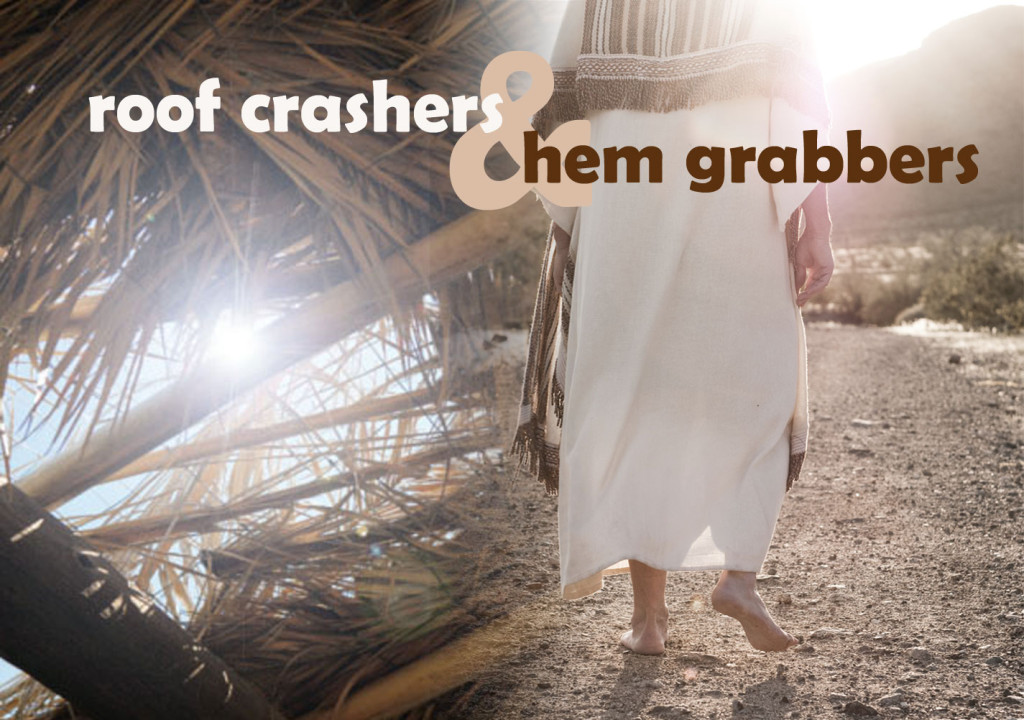What to Do When You’re Squeamish About Miracles
The great twentieth century mystic, Thomas Merton, was standing at the corner of Fourth and Walnut in downtown Louisville when he had a great revelation.
“I was suddenly overwhelmed with the realization that I loved all those people, that they were mine and I theirs, that we could not be alien to one another even though we were total strangers. It was like waking from a dream of separateness…I have the immense joy of being [human], a member of a race in which God Himself became incarnate. As if the sorrows and stupidities of the human condition could overwhelm me, now that I realize what we all are. And if only everybody could realize this! But it cannot be explained. There is no way of telling people that they are all walking around shining like the sun.”
Walking around shining like the sun.
That is apparently what Moses was doing after his encounters with God on the mountain.
And that is what Jesus was like in the Transfiguration.
Jesus put aside his glory because he had a lot of specific work left to do in the world and he couldn’t do it if people were so awestruck by him in his glorious form that they fell on their faces and trembled at the sight of him.
It was hard enough to avoid doing that when he healed people and multiplied loaves and fishes looking like a perfectly ordinary person.
Not twenty minutes after the Transfiguration Jesus was back down in the marketplace healing a young boy with epilepsy and going about his good work.
Jesus didn’t need the appearance of physical glory to get people’s attention. The goodness that flowed out of him nonstop did that all on its own.
But why did Moses hide the evidence of his encounter with God?
Why did he veil himself when his face was shining? Continue reading
